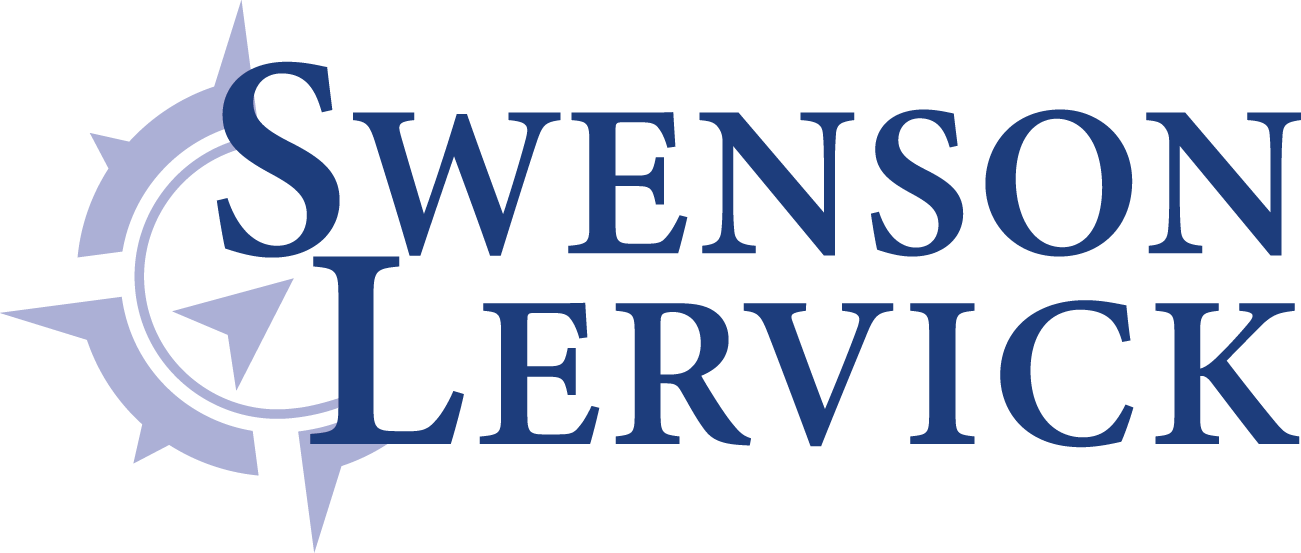“Can I sue for sexual harassment?” This is a question we hear a lot from potential clients, and more often than not, our answer has been “No.” This is because in the past, the courts have set a very high bar for what it takes to prove a sexual harassment case. As a result, many sexual harassment cases have been dismissed before the victims ever got their day in court. But a recent Minnesota Supreme Court decision is likely going to allow us to say “Yes, we can help you!” to more victims.
The case was Kenneh v. Homeward Bound, Inc., and there are two key takeaways from it. First, the Court said that for sexual harassment standards to remain useful in Minnesota, those standards “must evolve to reflect changes in societal attitudes towards what is acceptable behavior in the workplace.” The Court added that today, reasonable people will not likely tolerate the types of workplace behavior that for decades the courts have said was neither severe nor pervasive enough to support a sexual harassment claim.
Second, the Court stressed that these cases should not be so readily dismissed before the victims get their day in court:
- [W]e caution courts against usurping the role of a jury when evaluating a claim…. [M]oreover, whether the alleged harassment was sufficiently severe or pervasive as to create a hostile work environment is “generally a question of fact for the jury.”
The Court’s decision in the Kenneh case can be viewed as a huge victory for victims of sexual harassment in Minnesota. That is because the decision effectively “lowered the bar” and made it easier for victims to prove their cases in court.
If you are wondering if you can sue for sexual harassment, consider that Minnesota law defines it as follows:
- “Sexual harassment” includes unwelcome sexual advances, requests for sexual favors, sexually motivated physical contact or other verbal or physical conduct or communication of a sexual nature when:
(1) submission to that conduct or communication is made a term or condition, either explicitly or implicitly, of obtaining employment …;
(2) submission to or rejection of that conduct or communication by an individual is used as a factor in decisions affecting that individual’s employment …; or
(3) that conduct or communication has the purpose or effect of substantially interfering with an individual’s employment …, or creating an intimidating, hostile, or offensive employment … environment.
Common examples of sexual harassment include:
- Unwelcome sexual flirtations, propositions, and invitations to social events;
- Offensive physical contact or physical closeness;
- Using words of a sexual nature describing body parts or sexual acts;
- Telling “suggestive” jokes or stories, and conversations about sexual exploits or sexual desires;
- Displaying sexually suggestive objects, pictures, cartoons (whether on paper or electronically);
- Suggesting that an employee’s job security, job assignment, conditions of employment, or opportunities for advancement depend in any way on the granting of sexual favor or relations;
- “Sexting” or otherwise using text messages, phone calls, social media or other forms of electronic communication to sexually harass someone.
If you have been a victim of sexual harassment at work, know that because of this change in Minnesota law, it is more likely that you have a case, so please contact Tom Jacobson at [nap_phone id=”LOCAL-REGULAR-NUMBER-4″] to discuss your rights.
The information in this article is for general information purposes only and is not to be considered or used as legal advice.
© 2020 Swenson Lervick Syverson Trosvig Jacobson Cass, PA

